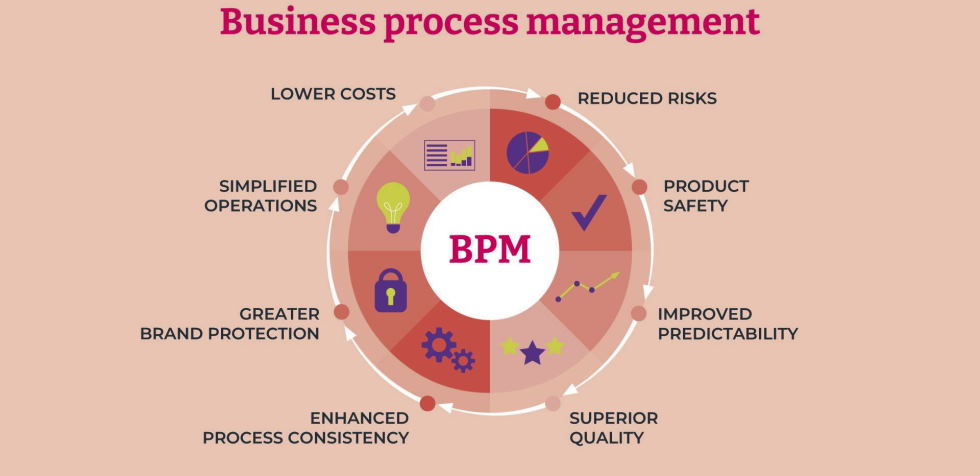Business Process Management (BPM) is a systematic approach to managing, analyzing and improving all business processes in an organization. It involves building an efficient set of procedures that will help streamline operations and boost worker productivity. While the BPM lifecycle covers several distinct steps, each must be planned with precision for the entire project to achieve its goals cost-effectively. From defining initial objectives to evaluating results, here’s everything you need to know about how businesses can make the most out of their Business Process Management strategies from planning through execution.

The business process management life cycle
- Planning and Design Phase: In this phase, the goals and objectives of the business process management initiative are identified and analyzed, along with the establishment of performance improvement targets. A process map is created to detail the current state of operations for each part of the BPM initiative.
- Business Process Improvement (BPI) Phase: The goal of this phase is to improve existing processes by identifying areas of inefficiency, eliminating redundant steps, streamlining workflows, automating tedious tasks, and increasing data accuracy and reliability. This can be done through a variety of methods, such as Lean Six Sigma or Kaizen principles.
- Implementation Phase: Here, automated systems such as software applications or robotic process automation (RPA) are deployed to support and facilitate the changes made during the BPI phase. This may include data integration or workflow optimization software, document management systems, customer relationship management systems, etc.
- Evaluation Phase: The results of the BPM initiative are monitored and evaluated to assess its success in meeting goals and objectives. Issues such as performance, efficiency, customer satisfaction, return on investment, etc., are all considered when analyzing a BPM project’s outcome. In addition, any areas requiring further improvement must be identified and acted upon in this stage.
Once these four phases have been completed, an organization should effectively manage their processes for improved performance and quality assurance. Business process management is an ongoing endeavor and should be revisited periodically to ensure that processes remain optimized. By doing so, organizations can continue to realize better results and business success.
The phases of business process management
It is examining current state processes, designing a future state process, implementing the new system, and measuring the outcomes. During the examination phase, business owners analyze their existing processes and identify areas that can be improved upon. This could include automating manual steps or consolidating procedures to make them more efficient. The design phase involves creating a plan for the desired future state of operations. It includes defining goals and objectives and mapping out what tasks will need to be performed to reach those objectives.

The implementation phase is where the actual changes take place. This could involve procuring new technology, training staff on new procedures or introducing different forms of communication within teams. Finally, performance metrics are used during the measurement phase to assess how well the new system is working. This could include calculating cost savings, tracking customer satisfaction and evaluating the effectiveness of new processes. With the right metrics in place, business owners can monitor progress and make adjustments if necessary. By following these steps, businesses can implement a successful BPM system that helps them reach their goals.
The ultimate goal of BPM is to optimize operations and ensure they are running as efficiently as possible. To achieve this, it’s important to select the right technology, map out processes accurately and measure performance regularly. Additionally, having a knowledgeable team in place with experience in project management, process improvement, and IT is also essential for success. By considering all these factors, businesses will be able to create effective workflows that help them reach their goals.
BPM is essential for businesses looking to streamline operations and increase efficiency. By following the steps outlined above, any business can take advantage of this technology and reach new levels of success.
By investing in BPM, companies can gain many benefits including cost savings, improved customer service, shorter process times, greater employee engagement, and better decision making capabilities. These outcomes can be achieved with careful planning and implementation while improving internal relationships and fostering collaboration within teams. In today’s fast-paced business environment, it has become increasingly important for organizations to focus on innovation and process optimization to remain competitive. Investing in BPM is a great way to ensure your company stays ahead of the competition.



